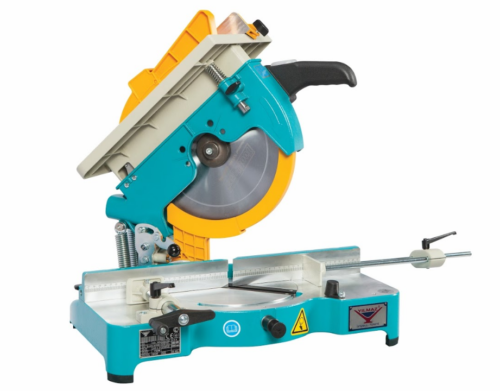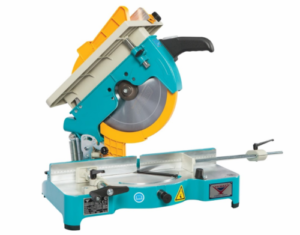Project management is a process that involves pulling a team of people together to work on a specific project. A project manager determines the scope and budget of the project and sets important milestones along the way. The project manager also oversees the work of the team and makes sure that tasks move smoothly through the workflow.

There are many different types of project management that offers. One of the most popular forms is known as project portfolio management. This method is based on the idea of identifying and delivering benefits to the organization. The first step is the planning phase. This phase involves organizing and allocating human resources, managing budgets, and ensuring deliverables are delivered.
Another important part of project management is the relationship between project managers and clients. They work with clients to create and present products or services, as well as to gain their approvals. The goal is to please both parties. While traditional project management methods involve the client as the customer, in today’s digital space, clients are referred to as “Users.”
Project managers also use software to streamline the process. Depending on the type of project, these tools can track time, create plans, manage invoices, and share calendars among team members. Before implementing a project management plan, it is important to decide on the methodology. The methodology you choose depends on the industry you’re in and the type of project you’re working on.
A traditional approach to project management is the waterfall method. Using the waterfall methodology, tasks are completed in a linear fashion. A team must complete tasks before moving on to the next step. This approach ensures that a project is consistent and has a clear goal. It also avoids delays. However, it requires that a project manager understand its goals and follow the same process throughout. The waterfall method requires a large amount of planning and organization.
Before implementing a project, it is important to establish a business case and value assessment. A project charter should be developed to define the project’s goals, communication methods, and schedule. This document should also identify the team members who will be performing the project. There should also be a kick-off meeting for the project to ensure that everyone has the same understanding of what will be done. A good project management process will increase the likelihood of success.
Once the project manager has determined the objectives and deliverables of a project, he or she will begin project execution. In this phase, employees work individually or in teams on tasks, under the direction of the project manager. The project manager will monitor progress, communicate any problems, and ensure that the project stays within agreed-upon standards.
After the project is implemented, there will be a post-implementation evaluation to evaluate the results of the project. This post-implementation evaluation will also help the project manager to identify what went well and what went wrong. Understanding the problems and learning from them will help to improve future projects. It is vital to ensure that the project management process is based on solid planning.
Before implementing a project, the project manager must establish a project team and determine the resources and budget needed for a project’s completion. The project manager can also establish Key Performance Indicators to measure the effectiveness of the project. In addition, he or she must monitor the costs and efforts of the team. After the project is completed, most teams hold a reflection meeting to analyze how the project went and what changes need to be made.
While project management is a vital part of any company, it’s also a skill that requires profound knowledge and skill to ensure success. By identifying and communicating project objectives early in the development process, the project manager will be able to determine the direction of the process and keep the team working on the task at hand.
Projects come in many forms, including new products and services, changing internal business processes, and producing value for customers. However, they can also be draining resources and time. These eight tips for successful project management will help your organization move forward in the right direction. In many cases, project failures are a direct result of poor planning and research. So, it’s essential to use the correct tools and strategies when managing a project.
Project management has been practiced for centuries but became a professional field in the mid-20th century. This was achieved when a group of forward-thinking individuals realized that the changing world required new tools. They decided to meet and establish a set of standards for the profession and created the Project Management Institute in 1969.


